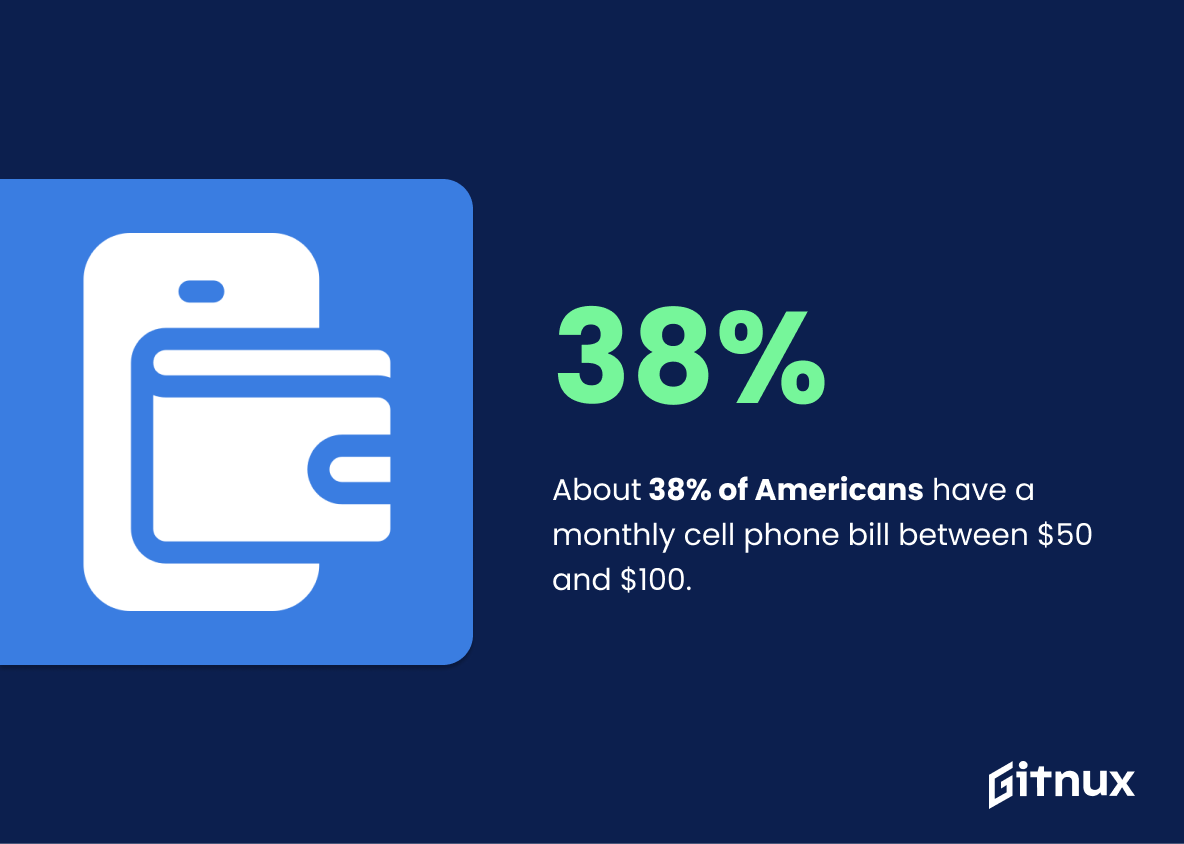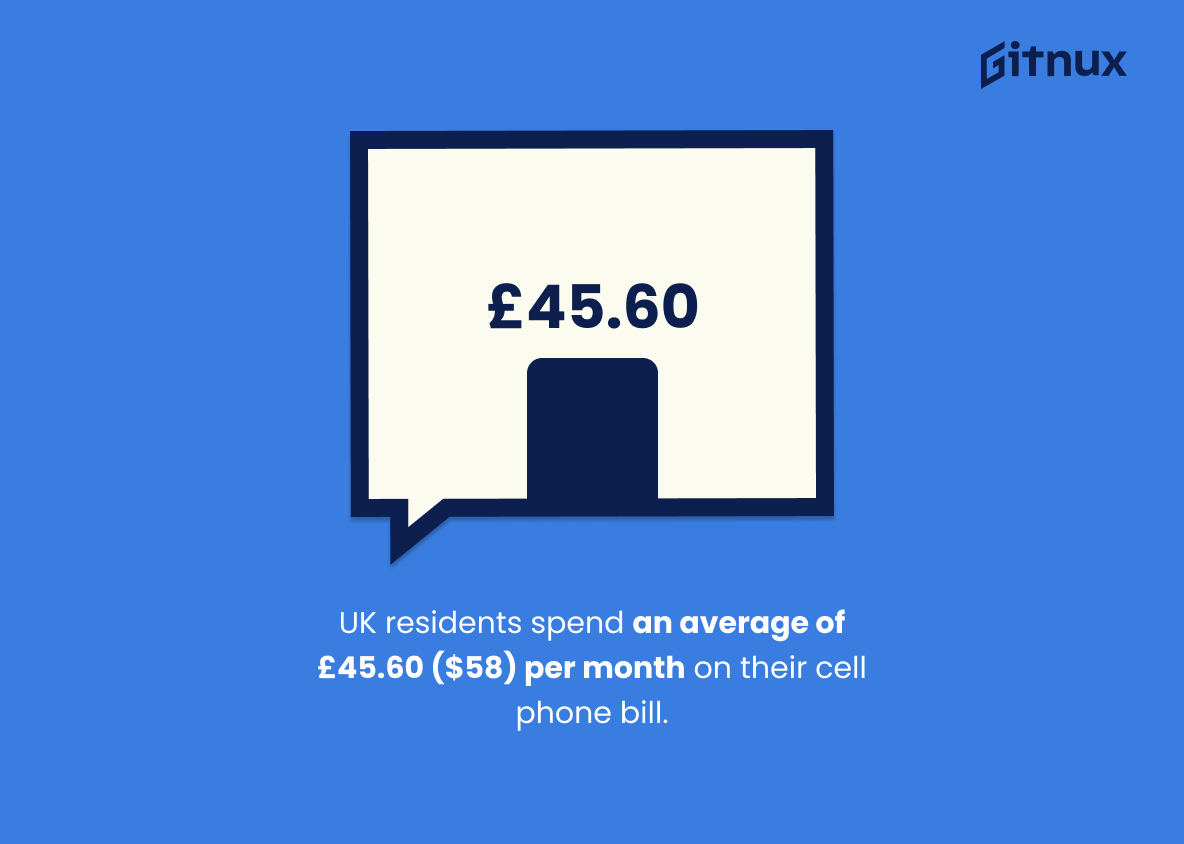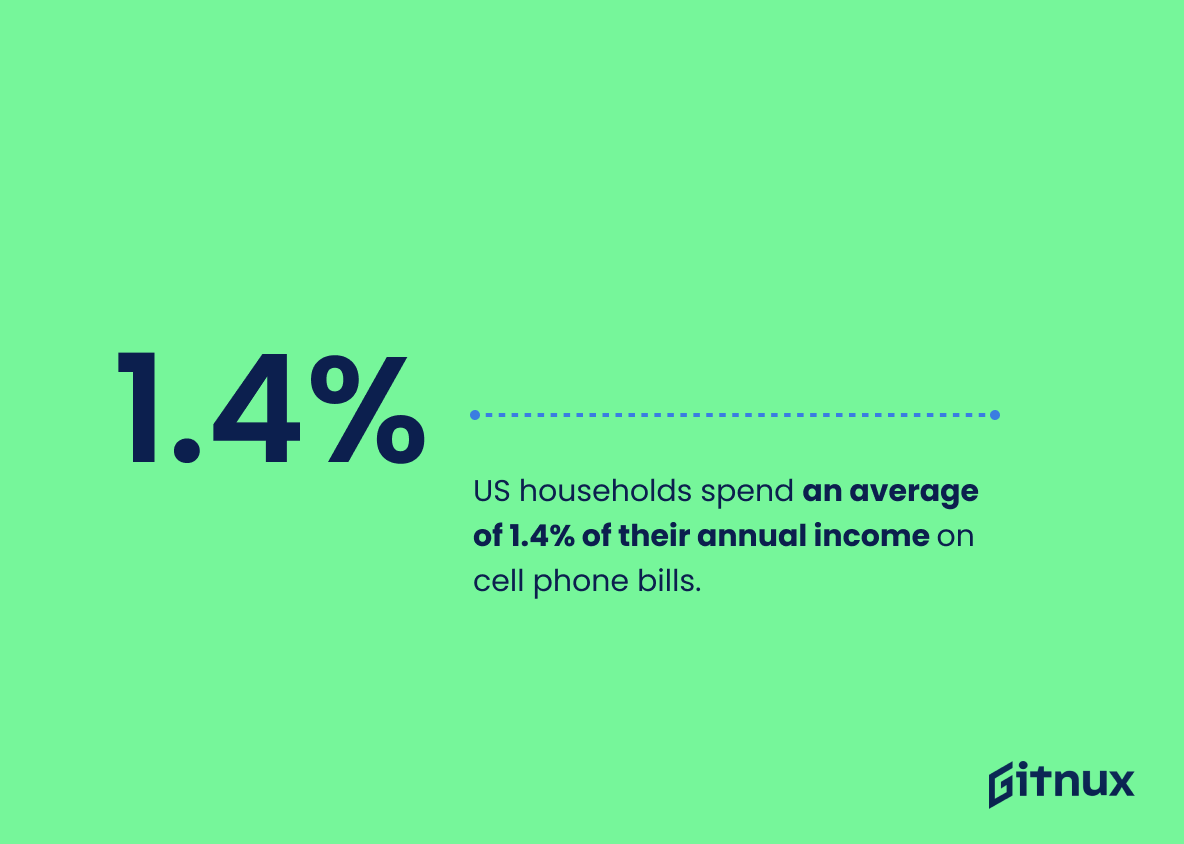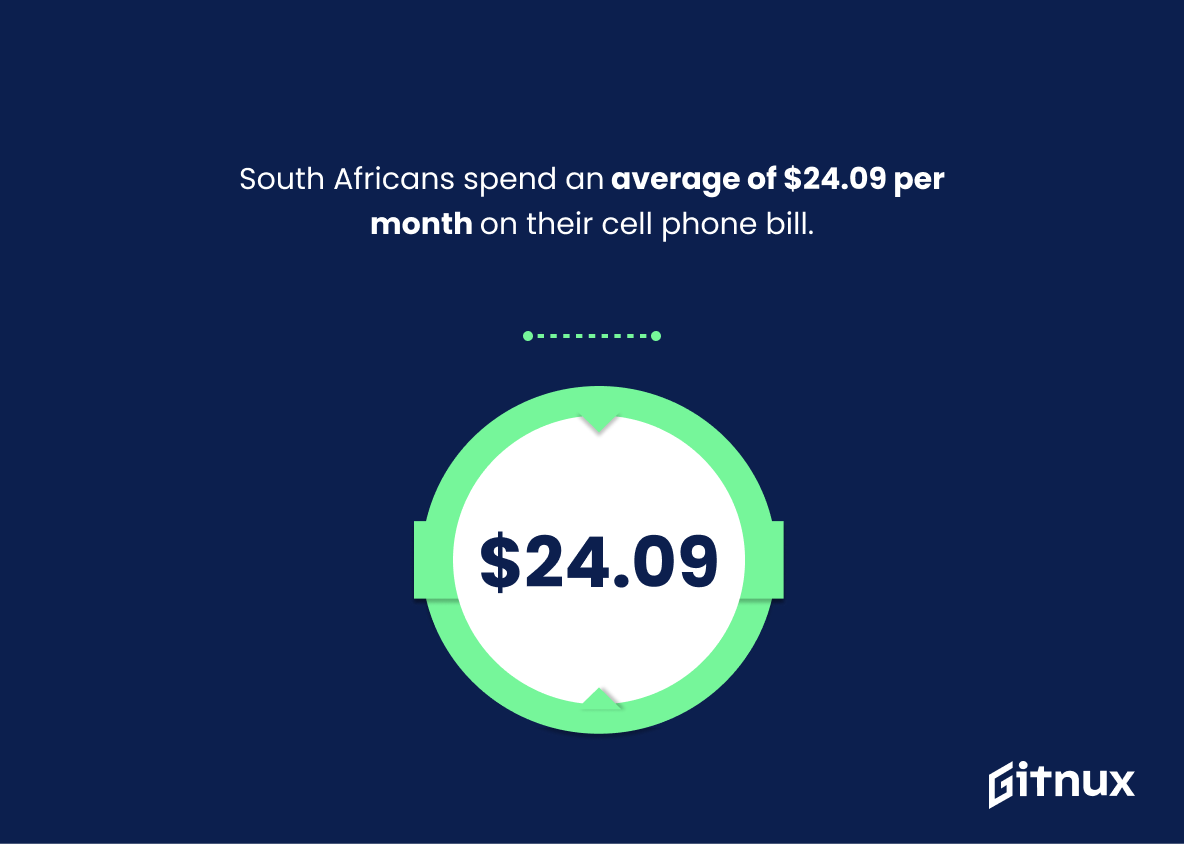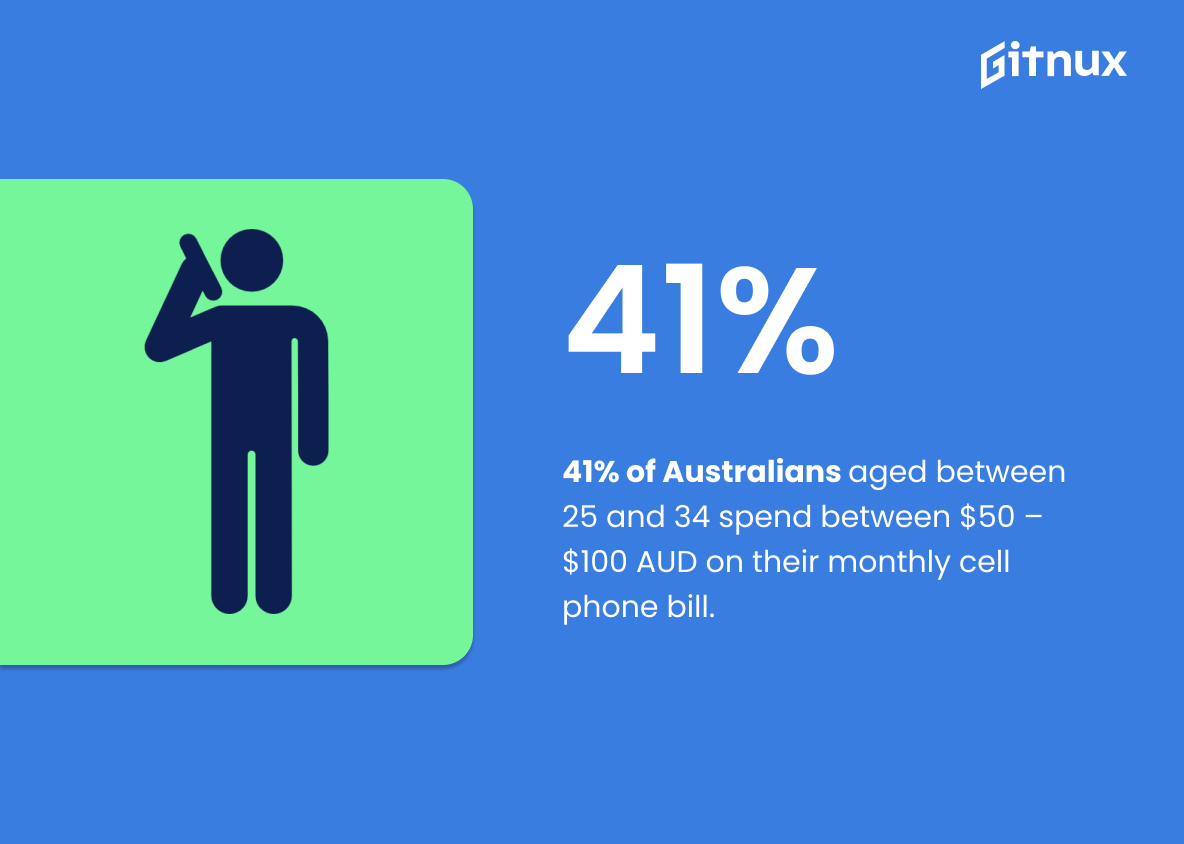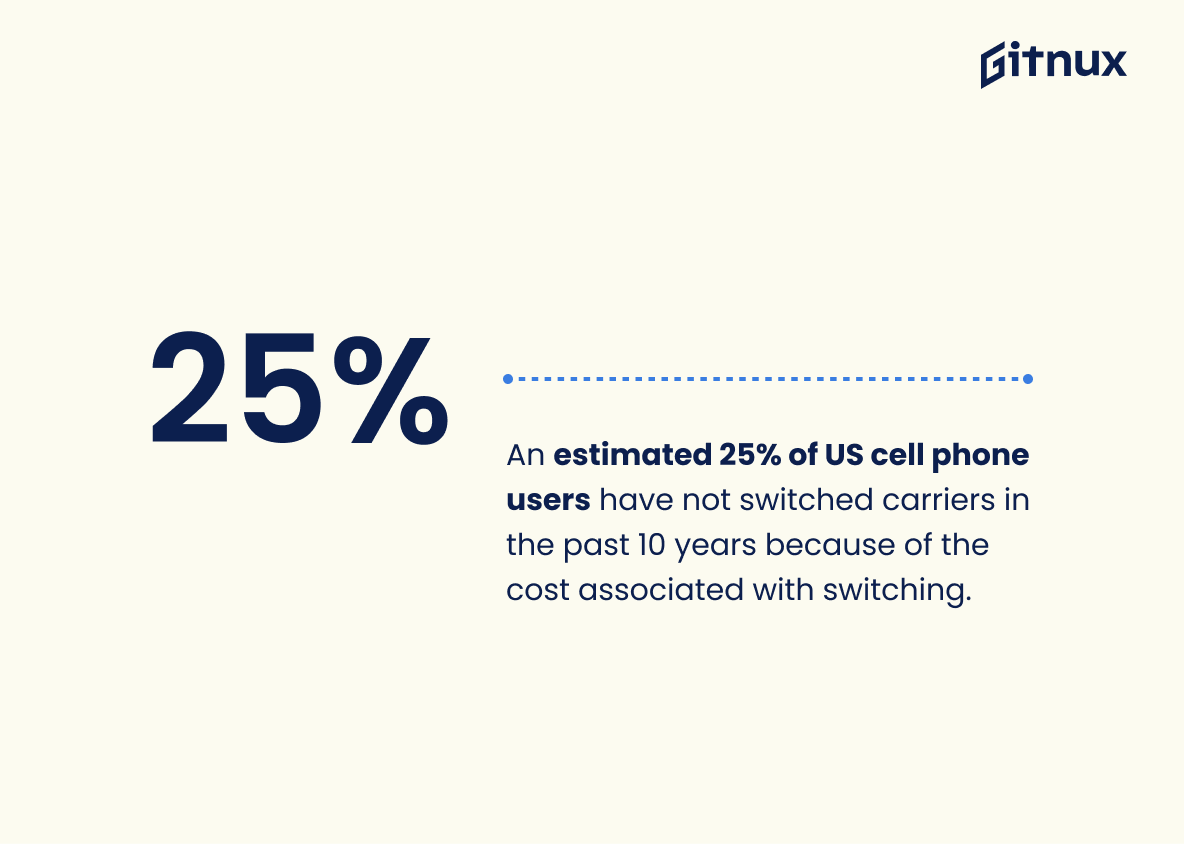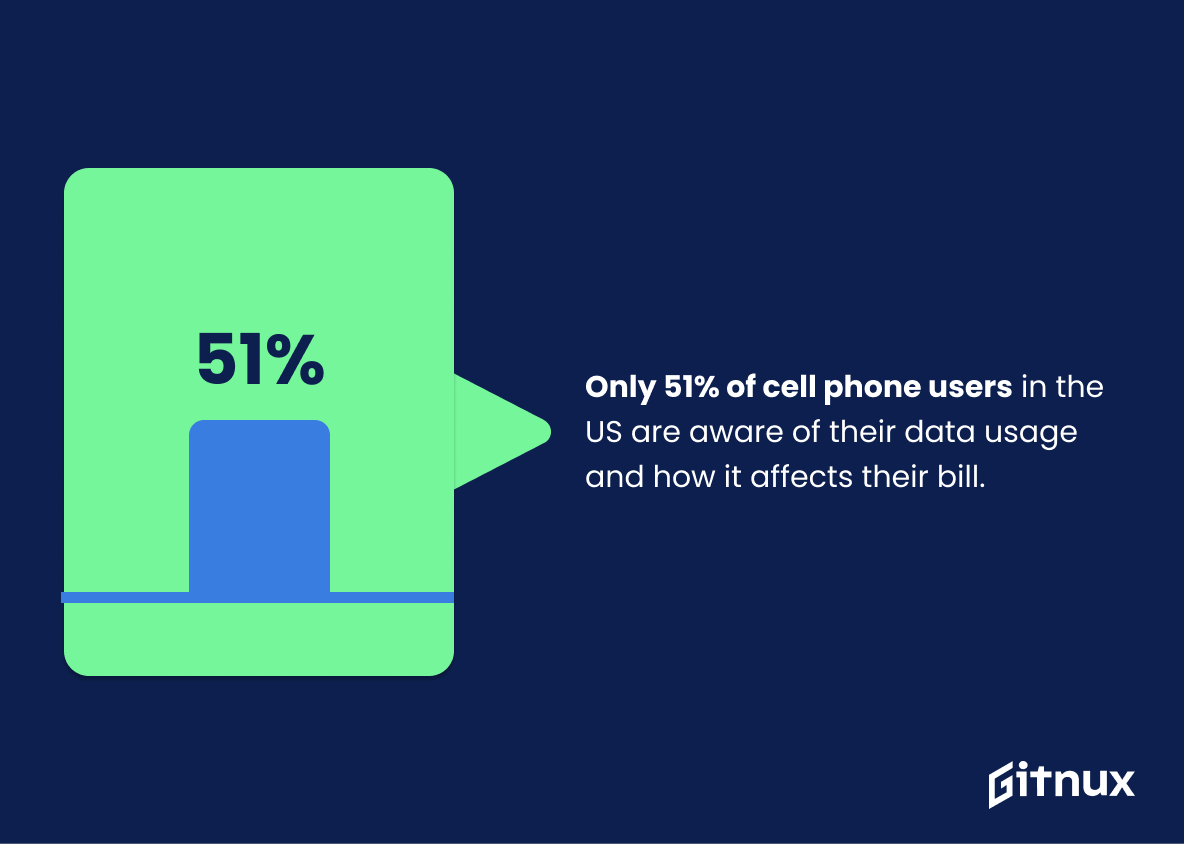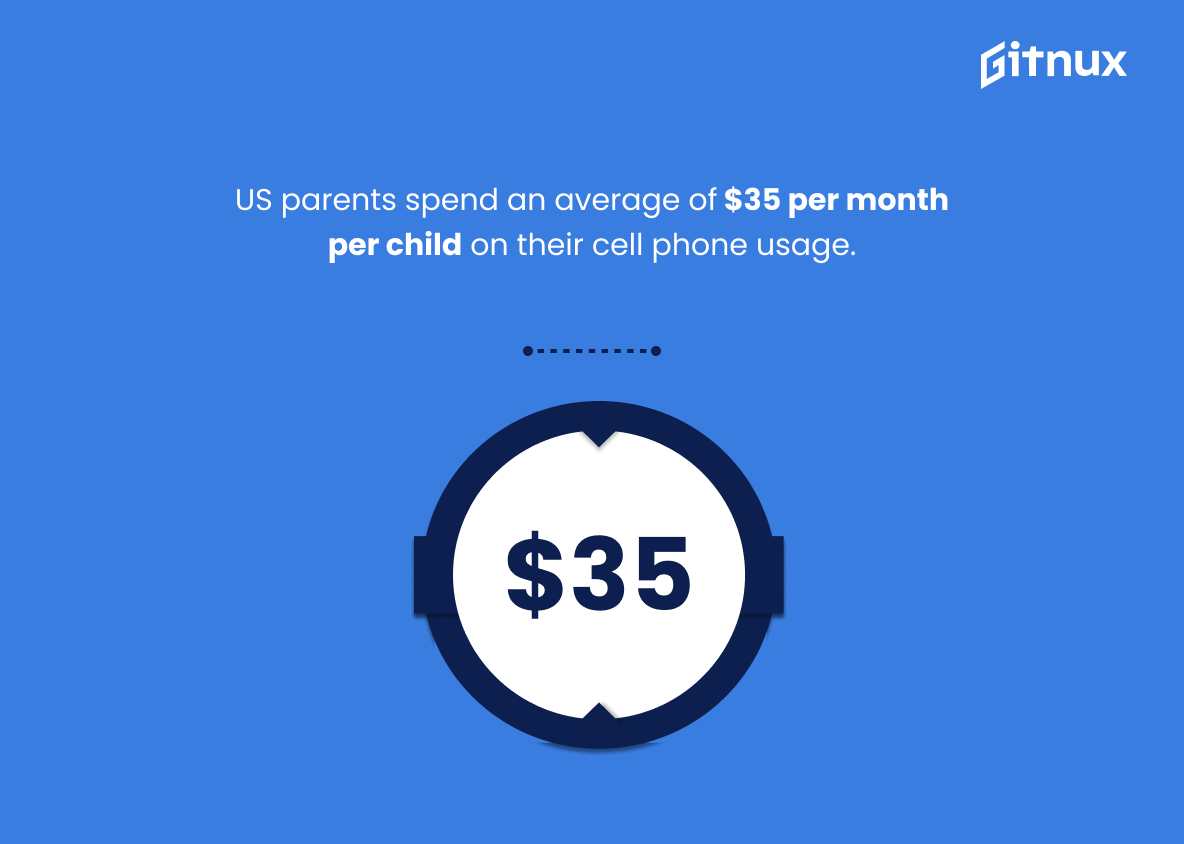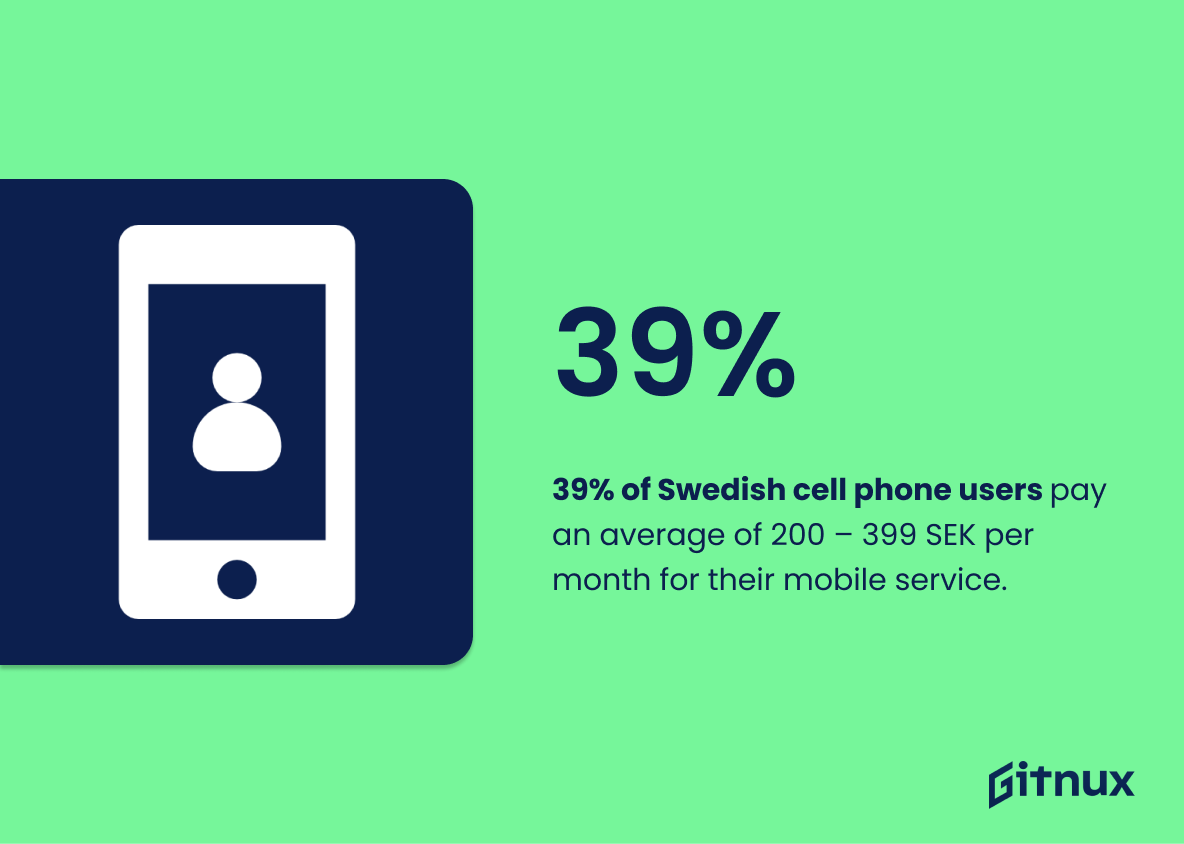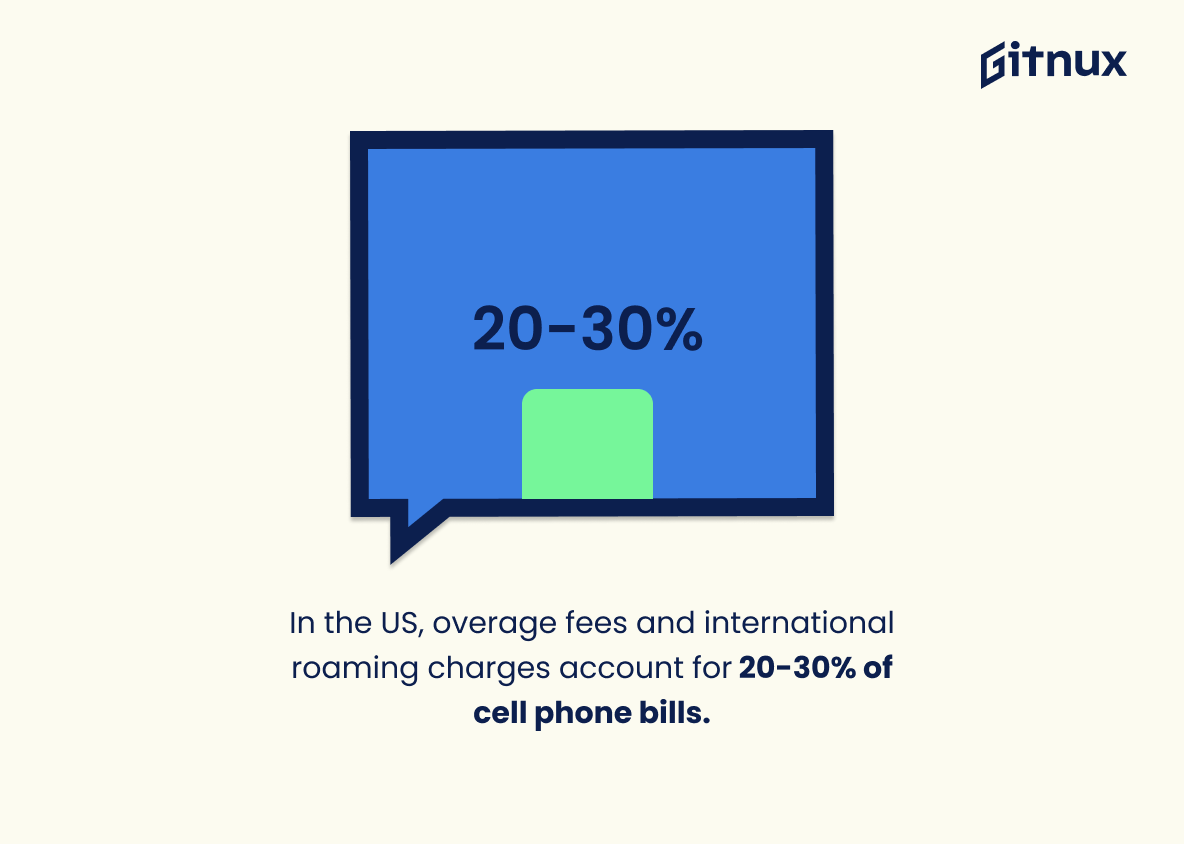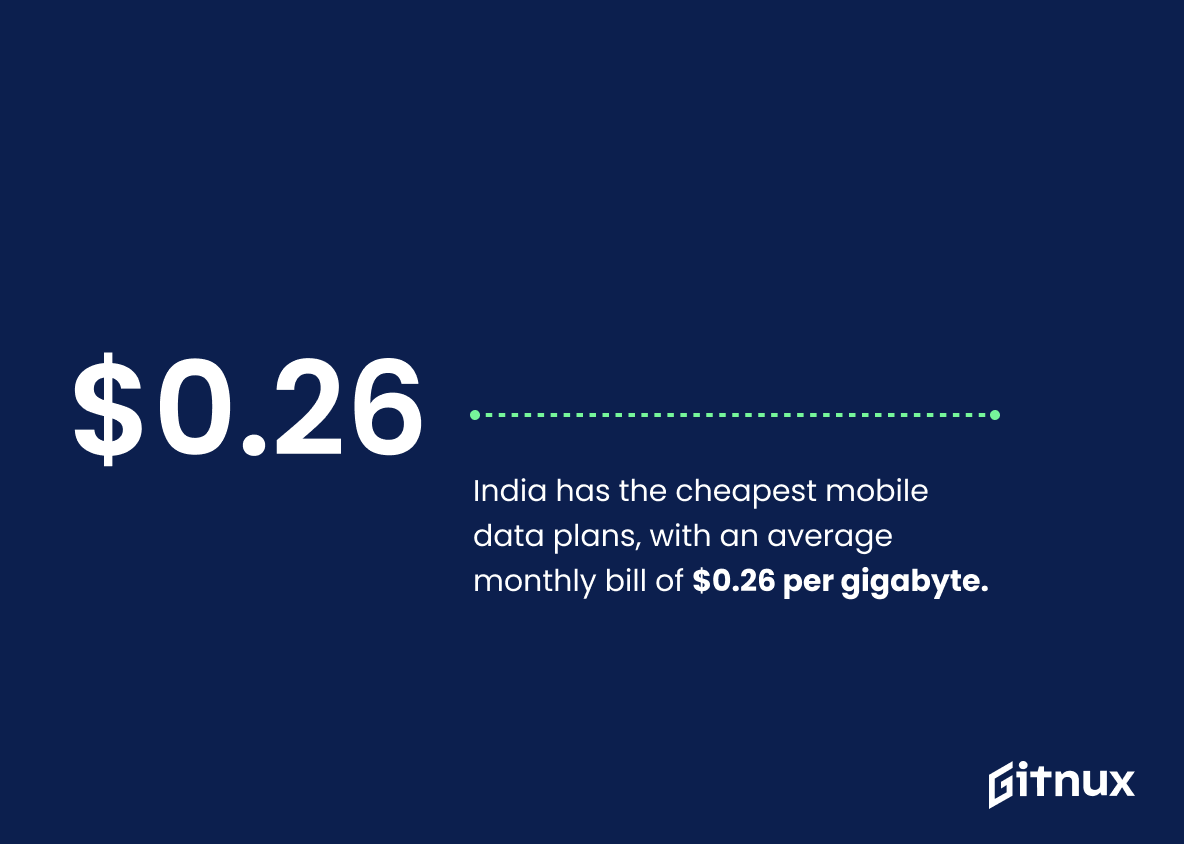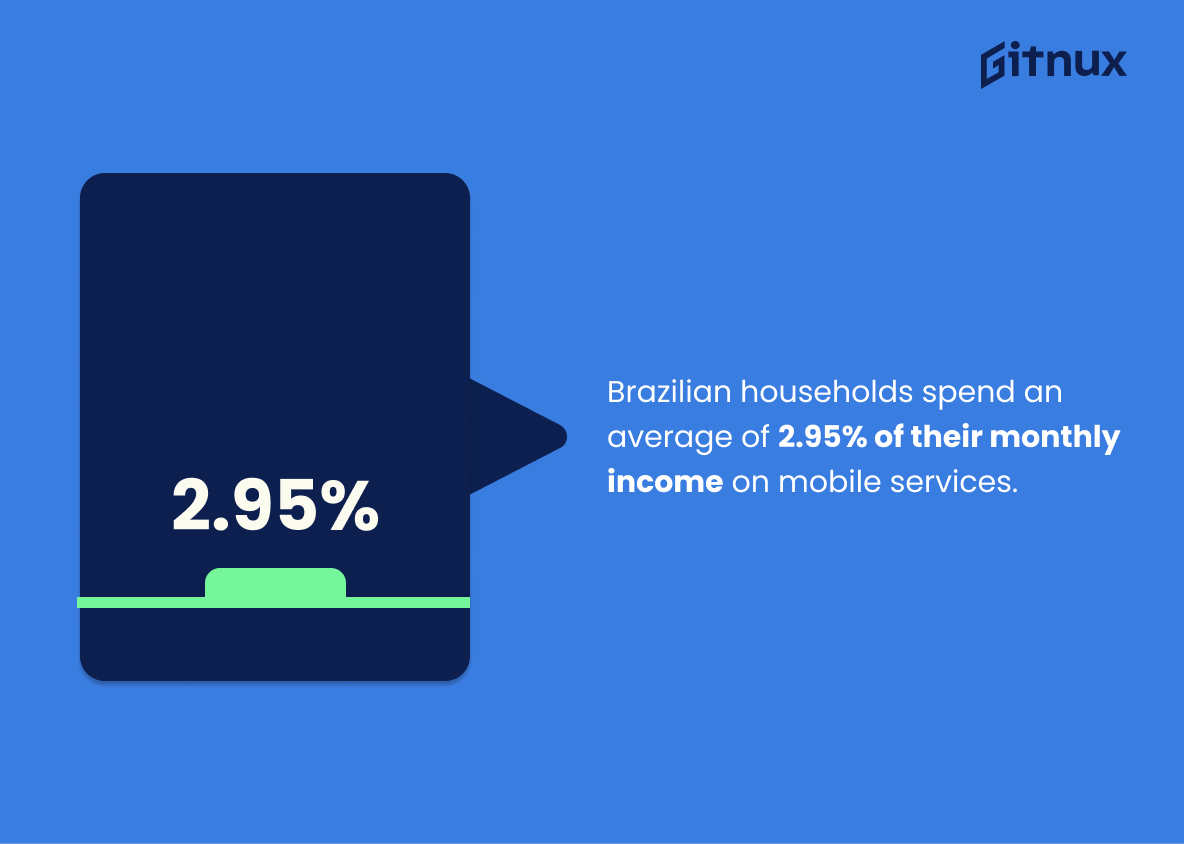Cell phone bills are a major expense for many households around the world. In this blog post, we will explore statistics on cell phone bill costs in various countries and regions across the globe. We’ll look at average monthly expenses, data plans, overage fees and international roaming charges to get an idea of how much people spend on their mobile services each month. Additionally, we’ll examine what percentage of income is spent on cell phones as well as other factors that can affect your monthly bill such as age group or household size. By understanding these numbers better, you may be able to save money by finding more affordable options for your own cellular service needs.
This statistic is a telling indication of the financial burden that cell phone bills can place on the average American. It serves as a reminder of the importance of being mindful of one’s cell phone usage and budgeting accordingly.
The average Canadian’s monthly cell phone bill is $101.
This statistic is a telling indication of the financial burden that Canadians face when it comes to their cell phone bills. It highlights the need for Canadians to be aware of their cell phone usage and to be mindful of their spending when it comes to their monthly cell phone bills.
Cell Phone Bill Statistics Overview
About 38% of Americans have a monthly cell phone bill between $50 and $100.
This statistic is significant in the context of a blog post about Cell Phone Bill Statistics because it provides insight into the spending habits of Americans. It shows that a large portion of the population is spending a considerable amount of money on their cell phone bills each month, which can have a significant impact on their overall budget. Additionally, this statistic can be used to compare the spending habits of different demographics and to identify trends in cell phone bill spending.
UK residents spend an average of £45.60 ($58) per month on their cell phone bill.
This statistic is a telling indication of the importance of cell phone bills in the lives of UK residents. It highlights the fact that, on average, people are spending a significant amount of money each month on their cell phone bills, demonstrating the prevalence of cell phone usage in the UK. This statistic is an important piece of information for anyone looking to gain a better understanding of the cell phone bill landscape in the UK.
US households spend an average of 1.4% of their annual income on cell phone bills.
This statistic is a telling indication of the importance of cell phones in the lives of US households. It shows that, despite the cost, people are willing to invest a significant portion of their income into their cell phone bills. This speaks to the ubiquity of cell phones and the reliance that people have on them for communication, entertainment, and other activities.
73% of cell phone users in the US have unlimited data plans.
This statistic is significant in the context of a blog post about Cell Phone Bill Statistics because it demonstrates the prevalence of unlimited data plans among cell phone users in the US. It shows that the majority of cell phone users have access to an unlimited amount of data, which can be beneficial for those who use their phones for streaming, downloading, and other data-intensive activities.
South Africans spend an average of $24.09 per month on their cell phone bill.
This statistic is a telling indication of the importance of cell phones in South African society. It shows that South Africans are willing to invest a significant amount of money each month to stay connected. This statistic is a valuable insight into the habits of South African consumers and can be used to inform decisions about marketing and pricing strategies.
41% of Australians aged between 25 and 34 spend between $50 – $100 AUD on their monthly cell phone bill.
This statistic is significant in the context of a blog post about Cell Phone Bill Statistics as it provides insight into the spending habits of a large portion of the Australian population. It demonstrates that a significant number of Australians aged between 25 and 34 are spending a moderate amount on their monthly cell phone bills, indicating that this age group is likely to be conscious of their spending. This information can be used to inform decisions about marketing and pricing strategies for cell phone services.
In 2020, US wireless carriers generated $175 billion in revenue from monthly cell phone bills.
This statistic is a powerful indicator of the immense financial success of US wireless carriers in 2020. It speaks to the sheer magnitude of the industry and the amount of money that is being generated from monthly cell phone bills. This statistic is a testament to the importance of cell phone bills in the US economy and the impact they have on businesses and consumers alike.
An estimated 25% of US cell phone users have not switched carriers in the past 10 years because of the cost associated with switching.
This statistic is a telling indication of the financial burden that cell phone users face when considering switching carriers. It highlights the fact that many people are unable to make the switch due to the cost associated with it, which can be a major obstacle for those looking to save money on their cell phone bills.
In 2020, mobile service costs in the US saw a 4.5% decrease.
This statistic is significant in the context of cell phone bill statistics because it indicates that mobile service costs in the US are becoming more affordable. This could be beneficial for consumers, as it could mean that they are able to access more services at a lower cost. Additionally, this could be beneficial for businesses, as it could mean that they are able to offer more competitive prices and attract more customers.
Only 51% of cell phone users in the US are aware of their data usage and how it affects their bill.
This statistic is a telling indication of the lack of knowledge many cell phone users have about their data usage and how it affects their bill. It highlights the need for more education and awareness about this important topic, so that users can make informed decisions about their cell phone plans and avoid unexpected charges.
US parents spend an average of $35 per month per child on their cell phone usage.
This statistic is a telling indication of the amount of money US parents are willing to invest in their children’s cell phone usage. It highlights the importance of cell phone usage in the lives of US parents and their children, and serves as a reminder of the financial commitment that comes with it.
39% of Swedish cell phone users pay an average of 200 – 399 SEK per month for their mobile service.
This statistic is a telling indication of the cost of mobile service in Sweden, demonstrating that a significant portion of cell phone users are paying a moderate amount for their service. This information is pertinent to a blog post about cell phone bill statistics, as it provides a snapshot of the average cost of mobile service in the country.
In the US, overage fees and international roaming charges account for 20-30% of cell phone bills.
This statistic is a stark reminder of how costly cell phone bills can be, particularly when it comes to overage fees and international roaming charges. It highlights the importance of being aware of one’s usage and understanding the terms of their cell phone plan in order to avoid these costly fees.
India has the cheapest mobile data plans, with an average monthly bill of $0.26 per gigabyte.
This statistic is a testament to the affordability of mobile data plans in India, making it an attractive option for those looking to save money on their cell phone bills. With an average monthly bill of just $0.26 per gigabyte, India offers some of the most cost-effective mobile data plans in the world. This makes it an ideal choice for those who want to stay connected without breaking the bank.
Brazilian households spend an average of 2.95% of their monthly income on mobile services.
This statistic is a telling indication of the importance of mobile services in Brazilian households. It shows that, despite the cost, people are willing to invest a significant portion of their monthly income in order to stay connected. This speaks to the value that people place on having access to mobile services, and the impact that it has on their lives.
In Nigeria, the average monthly cost of a postpaid mobile plan is ₦20,000 ($52).
This statistic is a telling indication of the financial burden that Nigerians face when it comes to their cell phone bills. It highlights the fact that, on average, Nigerians are spending a significant amount of money each month just to keep their mobile plans active. This is an important point to consider when discussing cell phone bill statistics, as it provides insight into the financial realities of many Nigerians.
In 2018, the Netherlands had the lowest average monthly cost for mobile services in the EU—€22.10 ($24.28).
This statistic is a testament to the Netherlands’ commitment to providing affordable mobile services to its citizens. It demonstrates that the country is dedicated to keeping costs low and providing its citizens with access to the latest technology. This is especially important in a world where cell phone bills can be a major expense for many households. By keeping costs low, the Netherlands is helping to ensure that its citizens can stay connected without breaking the bank.
German households with a single person spend an average of €17.97 ($20) per month on mobile services.
This statistic is a telling indication of the importance of mobile services in the lives of German households, particularly those with a single person. It highlights the fact that, even with a single person, mobile services are a significant expense, and one that should not be overlooked. This is especially pertinent in the context of a blog post about cell phone bill statistics, as it provides a valuable insight into the spending habits of German households.
Conclusion
From these statistics, it is clear that cell phone bills vary greatly around the world. In some countries like India and Nigeria, mobile services are relatively inexpensive while in other places such as Canada and the US they can be quite costly. Additionally, many people have difficulty switching carriers due to high costs associated with doing so or because of long-term contracts. It is also evident that data plans play a major role in determining monthly cell phone bills for users across all countries surveyed here.
References
0. – https://www.bls.gov
1. – https://www.panrotas.com.br
2. – https://www.indiatoday.in
3. – https://www.openagent.com.au
4. – https://www.cnbc.com
5. – https://www.finder.com
6. – https://www.us.norton.com
7. – https://www.swedroid.se
8. – https://www.statista.com
9. – https://www.pewresearch.org
10. – https://www.vice.com
11. – https://www.de.statista.com
12. – https://www.nairametrics.com
13. – https://www.zerodown.com
14. – https://www.businesstech.co.za
15. – https://www.ctia.org
16. – https://www.forbes.com
17. – https://www.fortune.com
